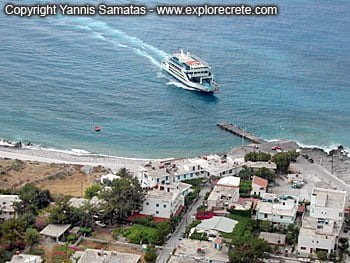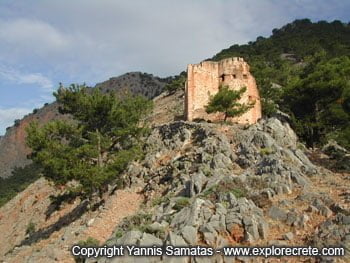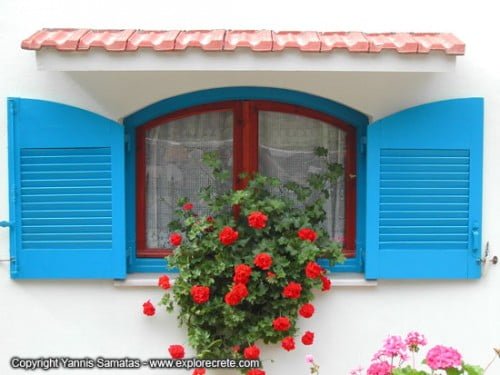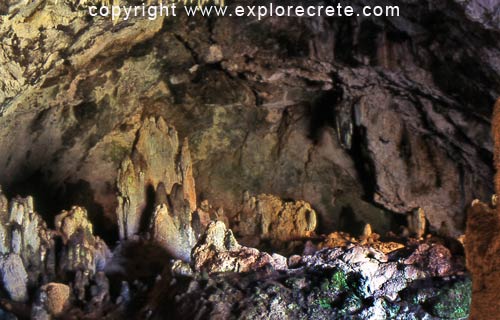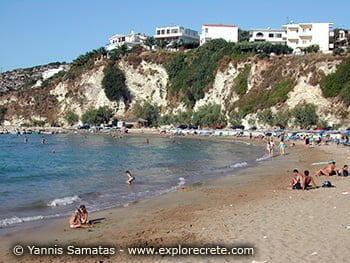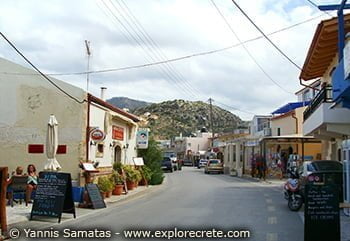Sougia, how to go to Sougia and what to do in Sougia
Sougia
Sougia is a small seaside village in south Crete, 70 kilometres south of Chania. Sougia lies at the mouth of the Agia Eirini gorge, west of the bed of the Ageriniotis seasonal stream. It stands out for its large, beautiful beach which is never too full of people and its relaxed, carefree atmosphere.

Sougia first became popular with those young in body or spirit, who spent their holidays under the tamarisk trees on the beach.
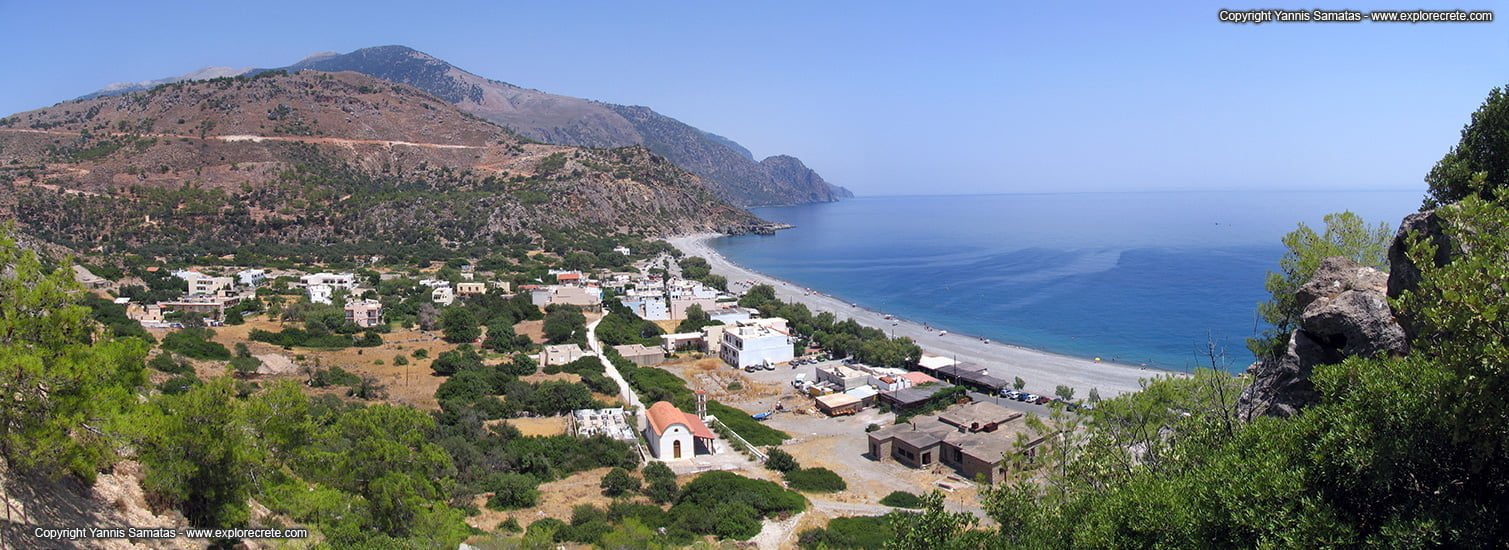
Twenty years ago, especially, Sougia was a completely hippy scene, but today it has begun to change. The tents still appear every summer and the east side of the beach still attracts nudists, but less so than formerly.
Hotels in Sougia – Restaurants, etc
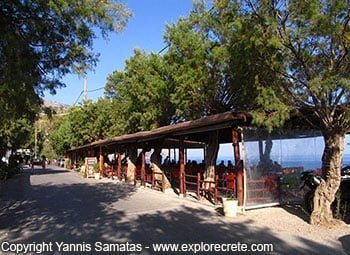
In Sougia you’ll find lots of small hotels with rooms for rent, tavernas with good food, cafeterias by the sea, minimarkets and a kiosk. Most of the hotels are open from April to the end of October, but you’ll find a few open even in winter.
You will find several reasonably-priced tavernas and restaurants with good food in Sougia. Many are on the beach, while others are in the village.
There are also bars for your night-time amusement, but they have little to do with the nightclubs and “Greek music” joints in the tourists resorts on the north coast or the large towns and cities. The people who love Sougia and spend their holidays here are also different to the tourists of the north coast.
One thing Sougia hasn’t got is a petrol station, so make sure you fill your tank before you get here. The is no pharmacy or bank, but there is an ATM cashpoint.
How to get to Sougia
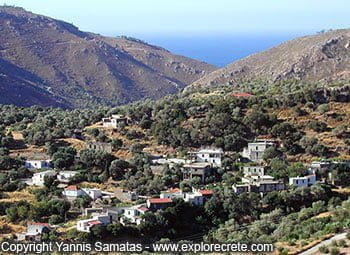
To get to Sougia from Chania, take the road to Alikianos. The road is narrow and winding, so the 70 kilometres to Sougia will take you about an hour and a half.
However, the scenery more than makes up for it, as the road runs through the orange-tree plain at Alikianos, climbs into the mountains, passes through the village of Agia Irini from where the green gorge of the same name runs down almost to Sougia, and then descends through picturesque villages and slopes cloaked in olive groves and oaks to Sougia and the south coast of Chania Prefecture.
If you’re in Paleochora and want to visit Sougia, there is a tarmac road linking the two villages which passes through Temenia and Rodovani. It doesn’t look far on the map, but it’ll take you 30-45 minutes to get to Sougia.
From Paleochora you can also take the daily boat to Sougia (April – October) and enjoy the trip by sea. You can also do the same from Hora Sfakion, Loutro and Agia Roumeli.
Beaches at Sougia
Right in front of the village is the great beach of Sougia with its small pebbles. It starts in the west, near the little harbour, and runs east for about 1.5 kilometres. The further east you go, the fewer people there are, as the east end of the beach is the nudist hangout.

Especially if you go as far as the tiny, rock-enclosed inlet after the big beach, you’re unlikely to see anyone wearing bathers. If that doesn’t bother you or you’re a nudism fan yourself, this is probably the loveliest beach in Sougia.
If, on the other hand, you feel you’ve spent enough on your swimsuit and don’t fancy taking it off, try the beach in front of the cafés. Here the beach is equipped with umbrellas, showers and a lifeguard, and if you feel like a drink or a snack you’ll find one just a few yards away.
History of Sougia
In ancient times Sougia was the city of pigs, as its ancient name, Syia, from sys (pig) indicates. The mountains around Sougia are full of oak trees and in antiquity there would have been even more. As acorns are a pig’s favourite food, we can surmise that pig-keeping was widespread here.
Ancient Sougia flourished in Roman and Byzantine times. It was a harbour of the Dorian city of Elyros, which was prosperous enough in antiquity to mint its own coins, but was destroyed by the Saracens in the 9th century AD. Elyros was near the modern village of Rodovani, and you can visit the ruins of the ancient city on the Kefalas hill.
Only a few ruins of ancient Sougia now remain on the east bank of the Agiriniotis stream, which runs down through the Agia Irini gorge to meet the sea at Sougia.
One thing that’s definitely worth visiting is the church of Agios Panteleimon at the west end of the village. It has a wonderful mosaic floor with lively, skilful images drawn from nature (flowers, peacocks and wild animals). This belongs to an older, 6th-century church, on whose ruins the modern one was built. You need to get the key to the church from the kiosk on the beach.
From Sougia starts a path which will lead you on a two-hour walk to the ancient city of Lissos, the second harbour of Elyros. If you’re not too keen on walking, you can also get to Lissos by boat from Sougia. Lissos was famous for its Temple of Asklepios, where people came from all over Crete to be cured.
What to do in Sougia
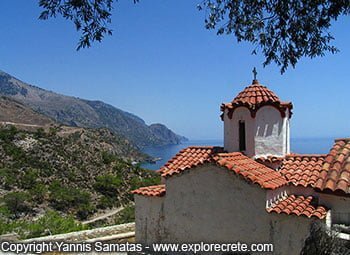
Visit the little church of Agia Eirini (St Irene) a little way outside Sougia. Walk to the end of the village near the harbour (west). From here a tarmac road leads to Chania. Walk along the road until you get to a dirt track on your left, running up the mountain above Sougia.
The mountainside is covered in pine trees, and as you climb you’ll find yourself stopping more and more often to admire the view of Sougia and the blue sea from above.
After half an hour’s walk you will reach the small but beautiful Byzantine church of Agia Irini. The splendid view, the peace and the beauty of the scene are ample payment for the trip.
Alternatively, you can drive up the dirt track in your car, as long as it has relatively good clearance and is not too heavily loaded. If you have a four-wheel drive there’ll be no problem.
Note that on May 5 a great festival is held here with food and singing.
Walk to neighbouring Lissos
Walk down the gorge of Agia Irini. Take the bus, which will get you to the village of Agia Irini in half an hour. From here the verdant gorge runs down to Sougia. The route is easy and takes about 4 hours.
Walk to the little church of Agios Antonios, about 2 hour’s walk east of Sougia, which is visible on the coastline looking left along the beach.
Take the morning bus up to the Omalos Plateau to walk down the famous Samaria Gorge. In 6-7 hours you’ll reach the seaside village of Agia Roumeli, from where you take the boat to Sougia. Sougia offers the easiest way to walk down the Samaria Gorge and you mustn’t miss the chance. Bear in mind, however, that if you’re not used to walking on mountain paths your legs will be stiff for two or three days after the long walk.
Drive to the village of Koustogerako, nestling in the mountains above Sougia (to the east), 500 metres above sea level. The road winds up a mountainside green with pine and cypress, and the view is astounding.
If you find yourself in Sougia on 19 July, you can join in the festival of Profitis Ilias (Prophet Elijah), celebrated on 20 July. The faithful take the boat to Trypiti beach (east of Sougia) the previous afternoon and then walk up the path leading to the chapel of Profitis Ilias, 400 metres above the sea. After the service they spend the night there with music and feasting, returning to Sougia the next day.
Explore the other local villages, such as Rodovani near the ancient city of Elyros, by car.
Visit neighbouring Paleochora, a unique market town in south Crete, much bigger than Sougia. You can either drive to Paleochora or take the boat across in the morning and return in the evening.
Take the boat to Agia Roumeli and walk the “lazy way” up the Samaria Gorge, from the mouth of the river to the Sideroportes, the narrowest point of the gorge. Return to Sougia on the same boat in the afternoon.
In the summer there is a small boat across to the island of Gavdos three times a week. You go in the morning and return at 7 o’clock in the evening.
You can also visit Elafonissi and its lagoon by boat.
© explorecrete.com All Rights Reserved. Reproduction or copying without permission is prohibited.

